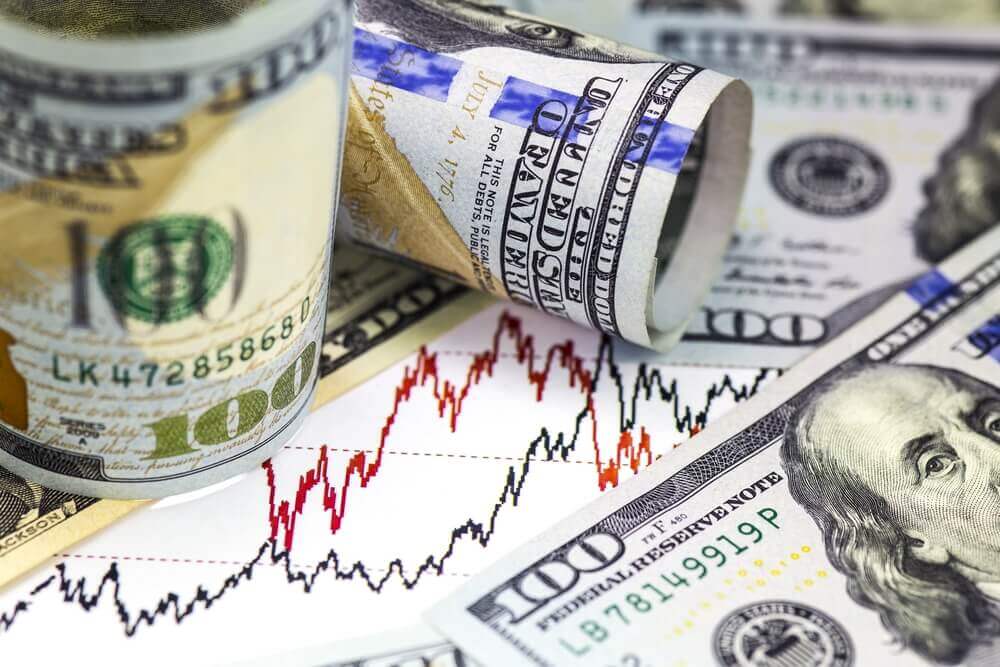
Dollar Index Steady on Trade Deal Hopes
The US dollar index was little changed as investors’ mood turned wary on the current progress of the trade deal.
The index stood neutral at $98.26 against a basket of six major currencies, flirting with near a four-week low.
The greenback’s movements against the euro were also minimal at $1.1031. Traders feared the prospect of a deal between Beijing and Washington falling apart.
Against the safe-haven yen, the dollar slipped 0.27% to ¥108.96, as protests in Hong Kong entered its sixth month.
A Hong Kong police had opened fire at close range and at least one 21-year old protestor suffered wounds.
The Japanese currency was still able to stick close to its five-month high of ¥109.49 hit on Thursday.
The continued unrest in Hong Kong weighed on the Chinese yuan, which was down by 0.18% to $7.0078.
Meanwhile, the British pound climbed 0.29% to $1.2807 against the greenback, despite Moody’s warning of a further rating reduction on the UK’s sovereign debt.
US-China Tariffs Rollback Steadies Dollar Index
The dollar remained steady, as the market awaited further information concerning the US-China tariffs rollback.
Both countries’ officials stated last week that the two parties have agreed to pull out some of the tariffs as part of a preliminary arrangement.
US President Donald Trump later denied the report, but he did not fully set aside the idea of a deal.
The possibility kept benchmark Treasuries above their key support level at 1.9%, supporting the dollar index.
Trump has left the door open to some tariff rollbacks, and the market has latched on to the idea that there is definitely the prospect that some will be done, according to FX strategist Rodrigo Catril.
Moreover, a forex trader in Tokyo said with China’s latest data, it is likely the US President is telling the truth about Beijing wanting to seal a deal more than he did.
The National Bureau of Statistics (NBS) reported on Saturday that China’s producer price index (PPI) declined 1.6% in October.
That was the worst annual price drop since August 2016. The figure confirmed the impact of both demand and supply pressures on the country’s economy.




